1. Introduction to Moroccan Leather Poufs and Ottomans
Moroccan leather poufs and ottomans are more than just furniture pieces; they are embodiments of culture, craftsmanship, and artistic expression. These versatile items can enhance the aesthetic of any room while providing functional benefits. As homes worldwide embrace eclectic styles that blend tradition with modern influences, Moroccan Leather Poufs and Ottomans have surged in popularity. In this article, we’ll explore the rich history, design versatility, benefits, care tips, and the best places to purchase these stunning items.
1.1 Historical Significance and Craftsmanship
The origins of Moroccan leather craftsmanship date back to ancient times, when nomadic tribes mastered the skill of tanning leather using traditional methods. The processes utilized today, particularly vegetable tanning, ensure that the leather retains its natural properties, making it soft, flexible, and durable. Artisans in Morocco design these poufs and ottomans using age-old techniques, often incorporating intricate embroidery and hand-stitching to create unique patterns that tell stories of their cultural heritage.
Each piece is often made from full-grain leather, ensuring longevity while maintaining a soft and luxurious feel. The vibrant colors and designs are achieved through natural dyes, connecting these furnishings back to the rich landscapes found in Morocco, from the bustling marketplaces of Marrakech to the tranquil vistas of the Sahara Desert.
1.2 The Versatility of Poufs in Modern Decor
One of the standout features of Moroccan poufs and ottomans is their incredible versatility. They can serve multiple functions in the home, from a footrest or extra seating to throwing a casual yet chic decorative flair in living rooms, bedrooms, or outdoor patios. In contemporary interiors, these pieces often act as focal points, drawing the eye with their texture and color combinations.
Additionally, due to their lightweight nature, they are easily movable, allowing homeowners to reconfigure their spaces with ease—ideal for fluid living areas that require adaptability.
1.3 Popular Styles and Variations
Moroccan poufs and ottomans come in various styles, shapes, and sizes to cater to diverse preferences. The most common variations include:
- Round Poufs: The classic design is favored for its traditional aesthetic, making it a staple in Moroccan interiors.
- Square Ottomans: These provide ample surface space and can function as both a seat and a side table.
- Embroidered Designs: Hand-stitched embroidery adds character and can reflect personal style or regional artistry.
- Neutral Tones: Many prefer earthy colors, allowing the poufs to blend seamlessly into modern decor.
2. Benefits of Choosing Moroccan Leather Poufs and Ottomans
2.1 Durability and Quality of Materials
Moroccan leather poufs are synonymous with durability. The premium quality of the raw materials, combined with traditional craftsmanship, results in products that withstand the test of time and use. Unlike synthetic alternatives, genuine leather develops a beautiful patina over time, enhancing its visual appeal while increasing resistance to wear and tear.
2.2 Aesthetic Appeal in Various Settings
Moroccan poufs are artistic sculptures in themselves, capable of elevating the ambiance of any space. Whether you have a minimalist, bohemian, or eclectic design approach, these items can harmoniously blend in. Their vibrant colors and unique patterns can invigorate a neutral space, while their tactile nature adds a layer of coziness and warmth.
2.3 Functional Uses Beyond Seating
Beyond seating, Moroccan poufs can be multifaceted companions in home design. They can serve as:
- Coffee Tables: Set a tray on top to transform your pouf into a stylish coffee table.
- Storage Solutions: Larger poufs can be filled with items like blankets or toys, keeping spaces tidy while providing functional seating.
- Decorative Accents: Use them as statement pieces in accent corners, layering with other furniture for a curated look.
3. How to Incorporate Moroccan Leather Poufs into Your Home
3.1 Design Tips for Different Room Styles
When integrating Moroccan landscape elements into interiors, consider the following tips:
- Bohemian Style: Layer multiple poufs around low tables to create a relaxed seating area.
- Modern Minimalism: Select a single, neutral pouf with clean lines to accentuate simplicity.
- Traditional Spaces: Introduce poufs with rich colors and patterns that complement traditional textiles and furniture.
3.2 Enhancing Comfort and Style in Small Spaces
In smaller living areas, Moroccan leather poufs are invaluable due to their compact size and functionality. Here are some smart practices:
- Use poufs as part of your casual seating arrangement without the need for traditional chairs.
- Choose a dual-purpose design that provides both seating and storage solutions for space efficiency.
- Stack smaller poufs for extra seating when guests arrive, then store them away when not needed.
3.3 Creative Ways to Stack and Arrange Poufs
Clever arrangement of poufs can promote interaction and style. Here are cultural and practical approaches:
- Casual Circle: Arrange poufs in a circular formation, encouraging conversation.
- Layering: Place a larger pouf beneath a smaller one for visual interest and variation.
- Sacred Spaces: Use poufs in yoga or meditation areas to enhance relaxation and comfort.
4. Care and Maintenance for Longevity
4.1 Cleaning and Conditioning Techniques
To maintain the beauty and longevity of Moroccan leather poufs, regular care is essential:
Dust your poufs weekly with a soft cloth to prevent dirt build-up. For deeper cleaning, use a damp cloth and mild soap, followed by a dedicated leather conditioner to maintain suppleness.
4.2 Protecting Leather from Damage
Leather can be sensitive to environmental factors. Here are protective measures:
- Avoid direct sunlight to prevent fading and drying out the leather.
- Use coasters under drinks and dishes to avoid moisture damage.
- Promptly clean any spills with a dry cloth to minimize potential stains.
4.3 Seasonal Care Tips
Seasonal changes can affect leather. In summer, ensure they are kept in a well-ventilated area to avoid mold growth. During winter, using a dehumidifier can prevent the leather from drying and cracking. Regular conditioning should also adapt to seasonal humidity levels—more conditioning in dry months and less in humid conditions helps maintain optimal texture and pliability.
5. Where to Buy Authentic Moroccan Leather Poufs and Ottomans
5.1 Trusted Retailers and Online Options
When looking to buy authentic Moroccan leather poufs and ottomans, select reputable retailers that ensure their products are genuinely handcrafted by artisans. Some well-known online stores include:
- Moroccan Corridor
- Benisouk
- The Wool Rugs
5.2 Pricing Insights and Value Comparison
Prices for Moroccan leather poufs can vary considerably based on size, style, and craftsmanship. On average, expect to pay between $50 to $250 for quality pieces. Larger and intricately designed poufs may reach higher price points due to the labor and material costs involved in their creation.
5.3 Recognizing Genuine Leather Quality
When shopping for leather poufs, it’s essential to understand how to identify genuine leather to avoid imitations. Authentic Moroccan leather is soft to the touch, flexible, and carries a natural odor. Look for inconsistencies in texture that often denote hand-made craftsmanship rather than mass production.
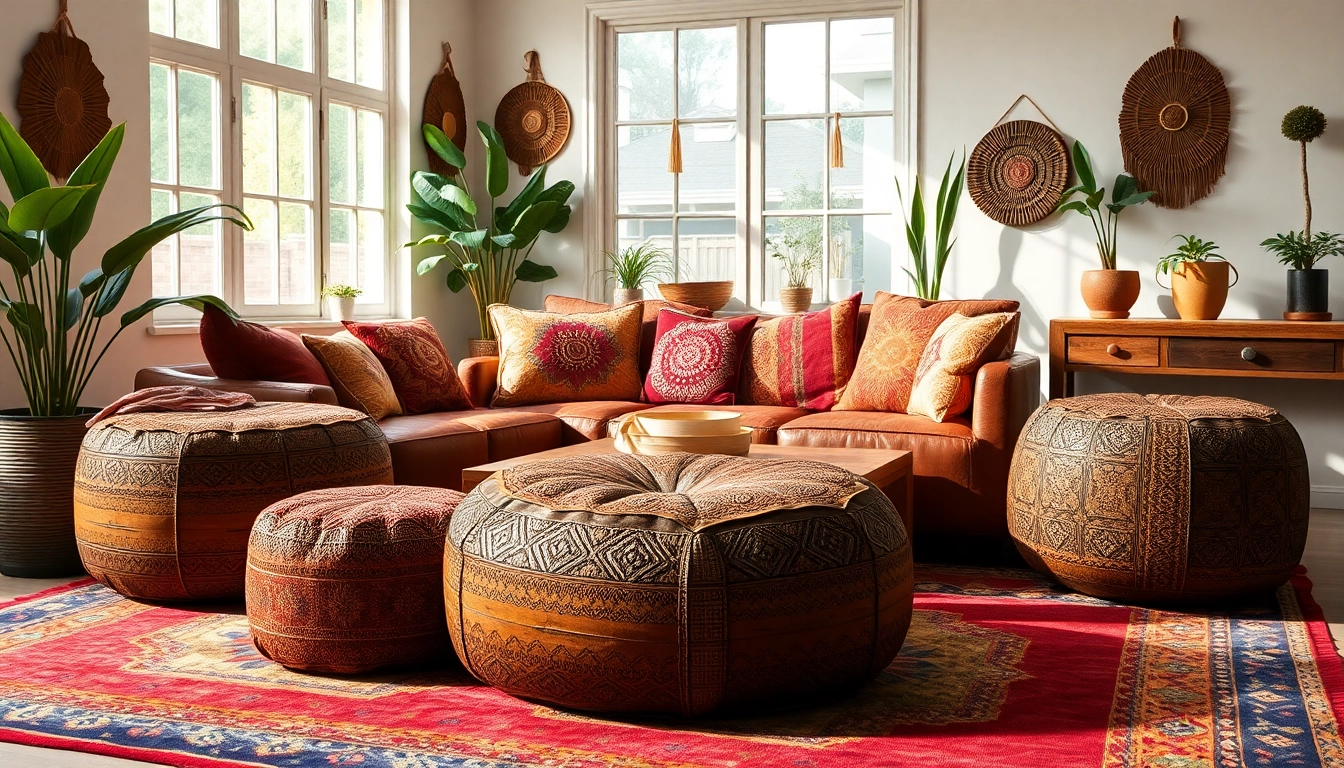
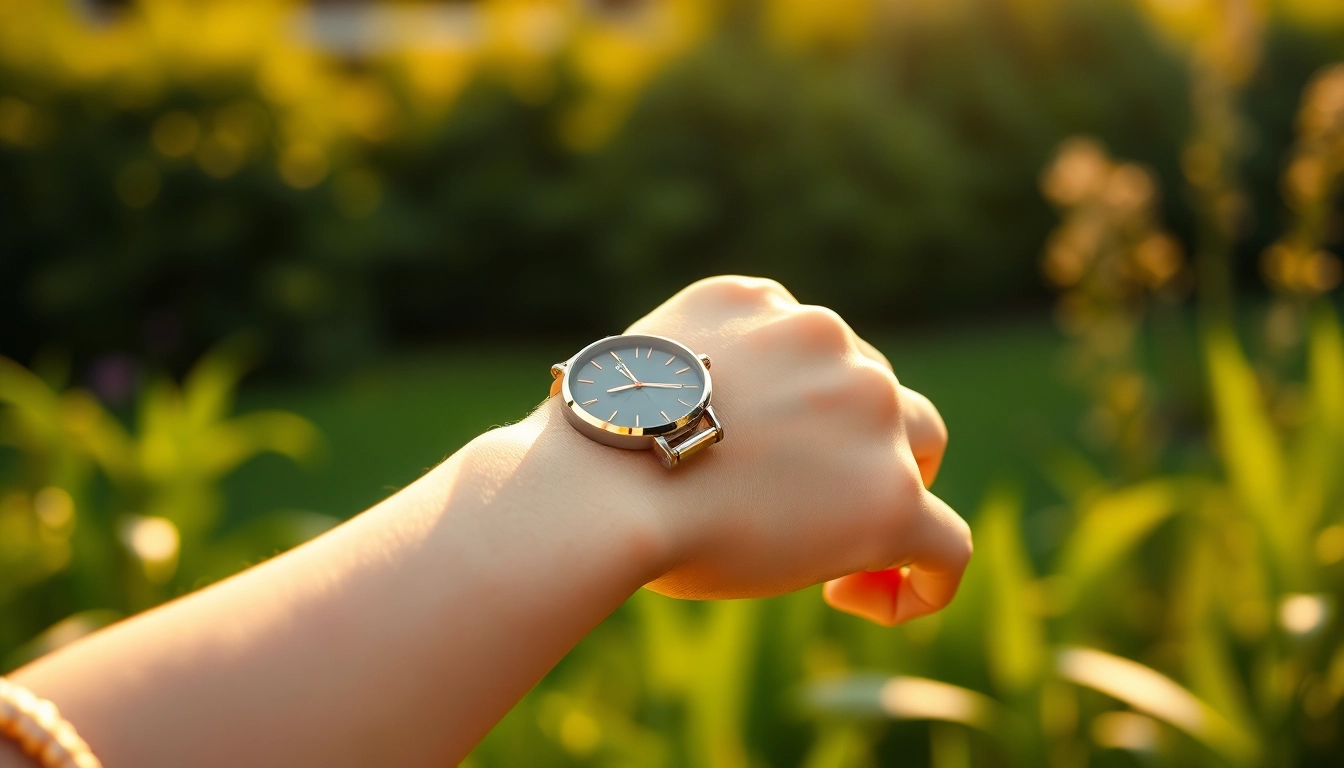
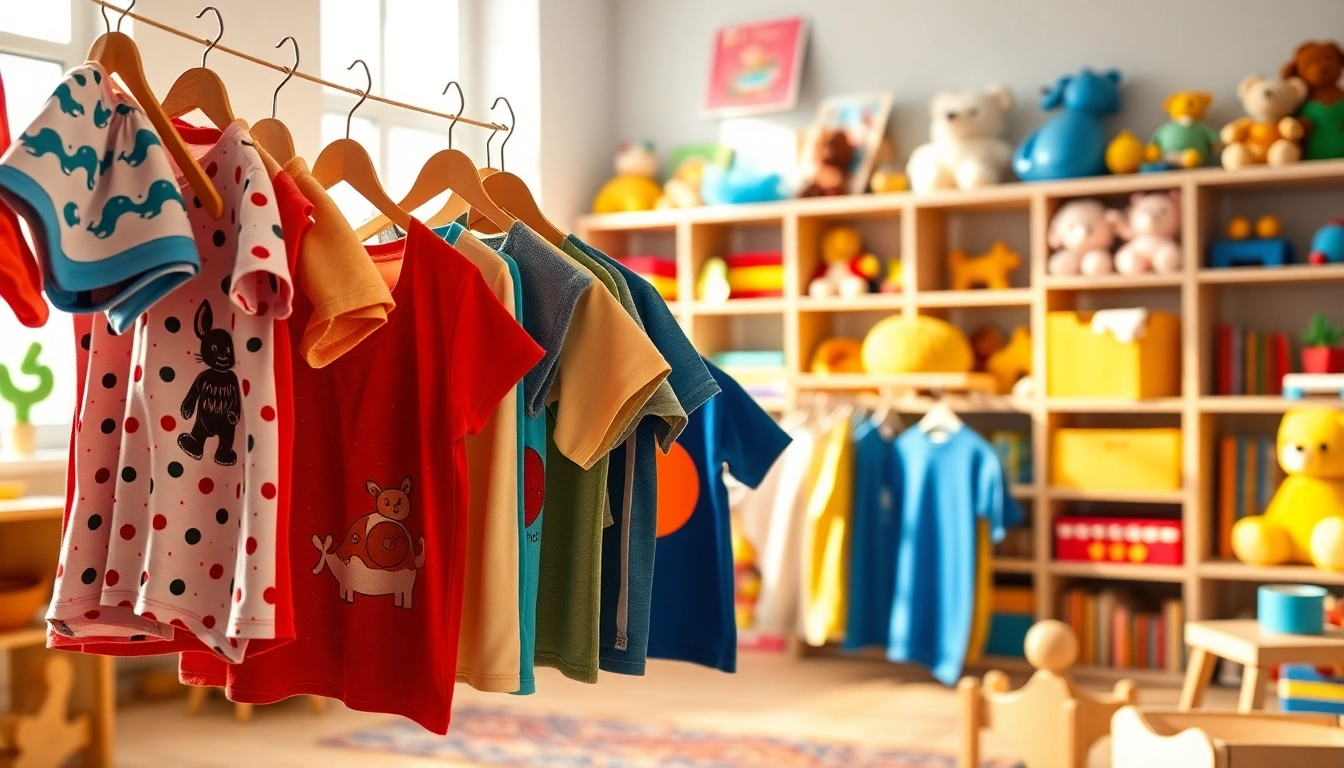
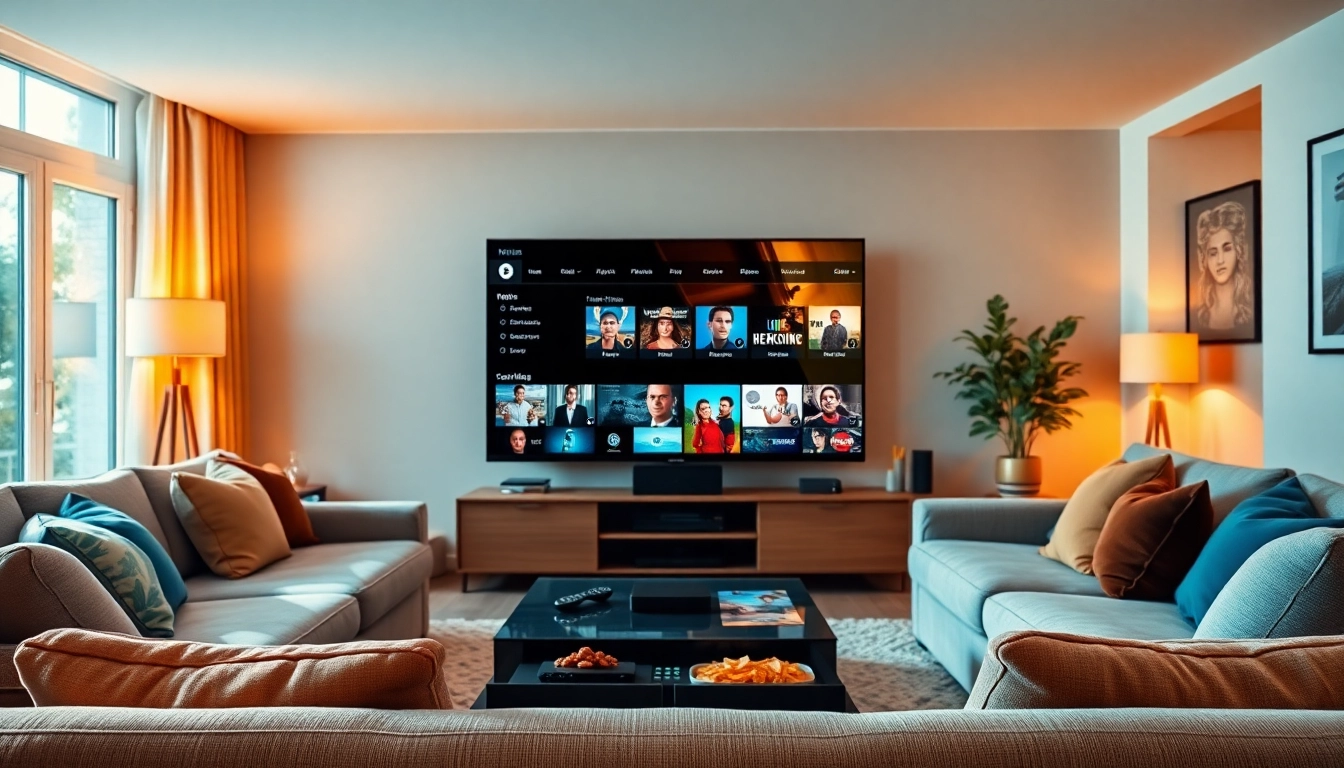

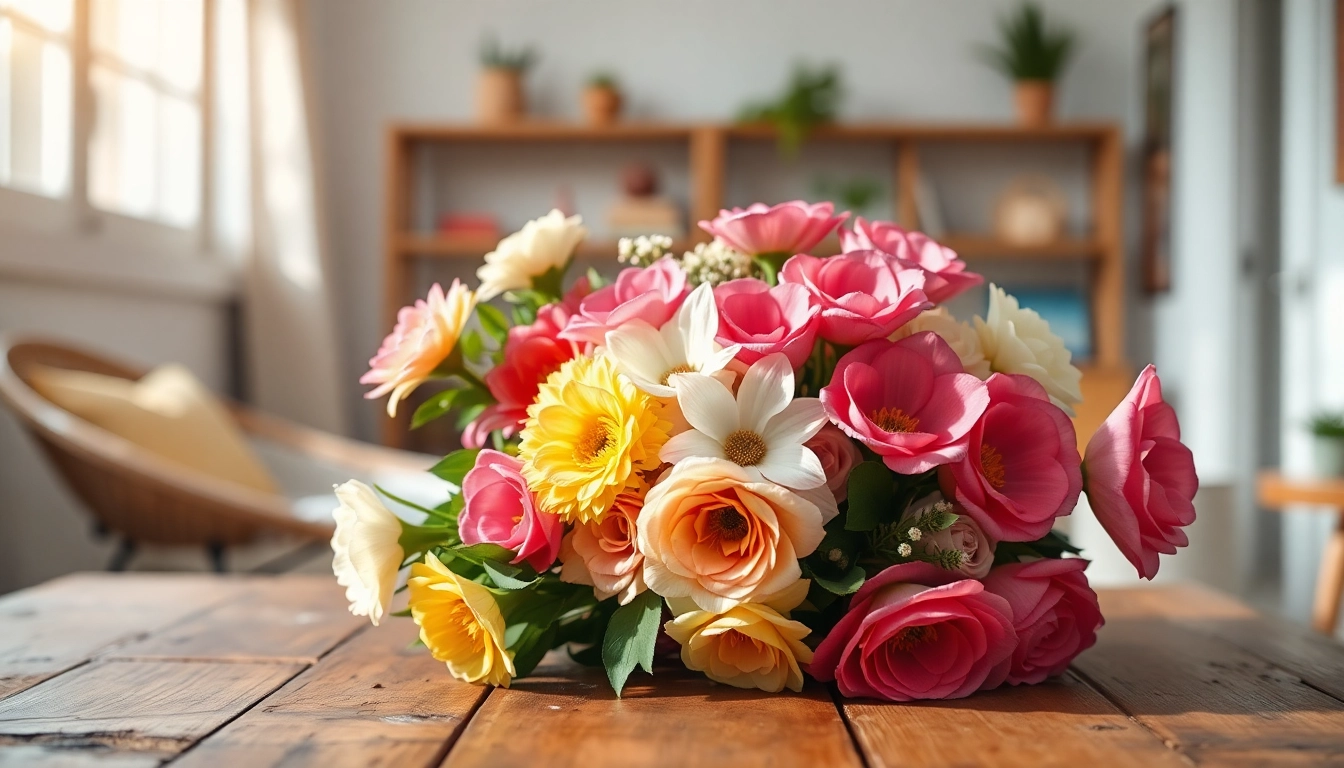
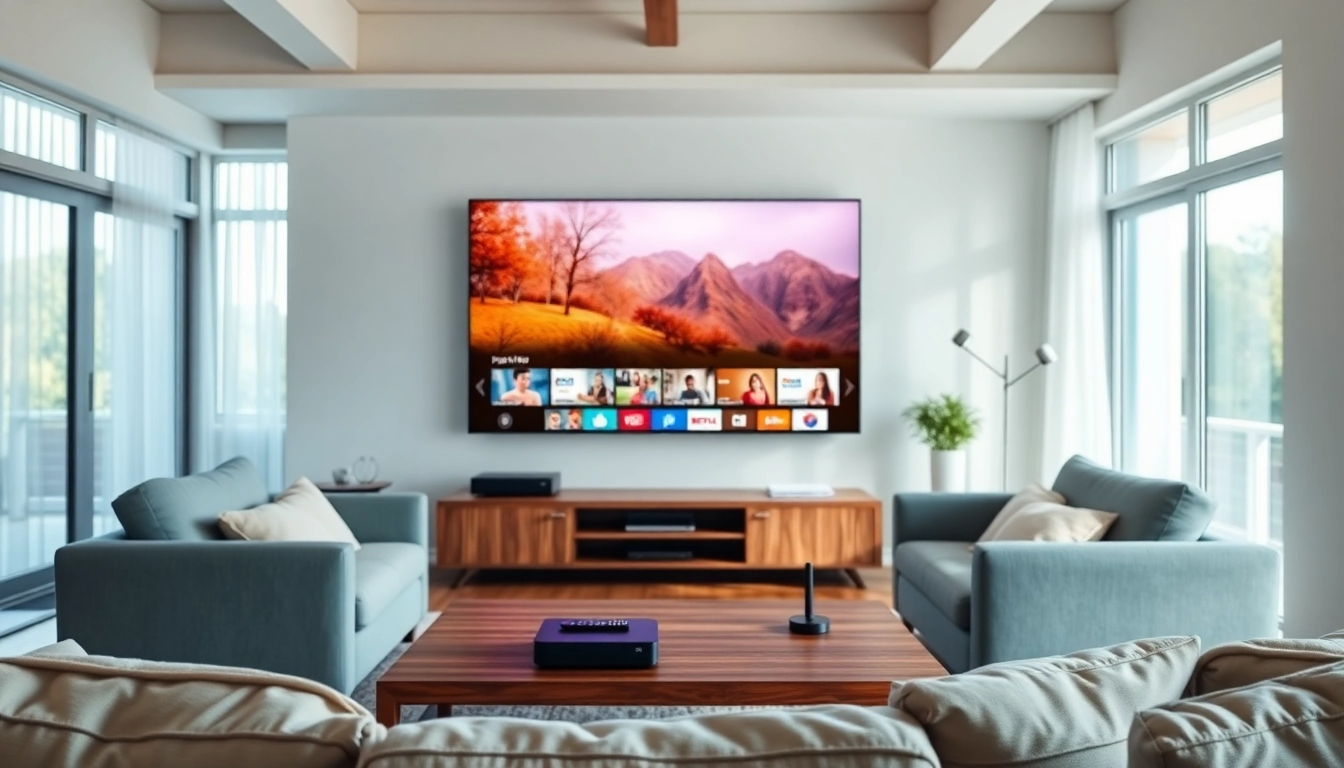


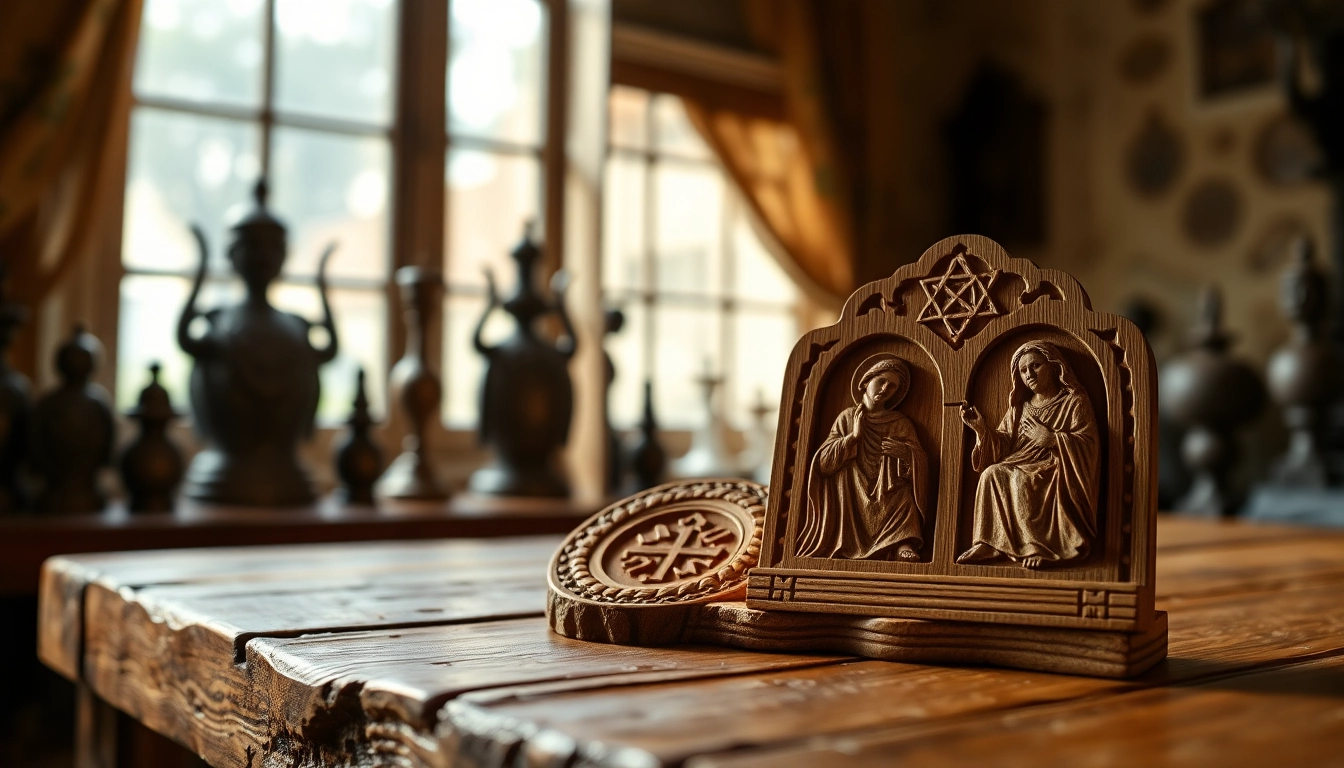
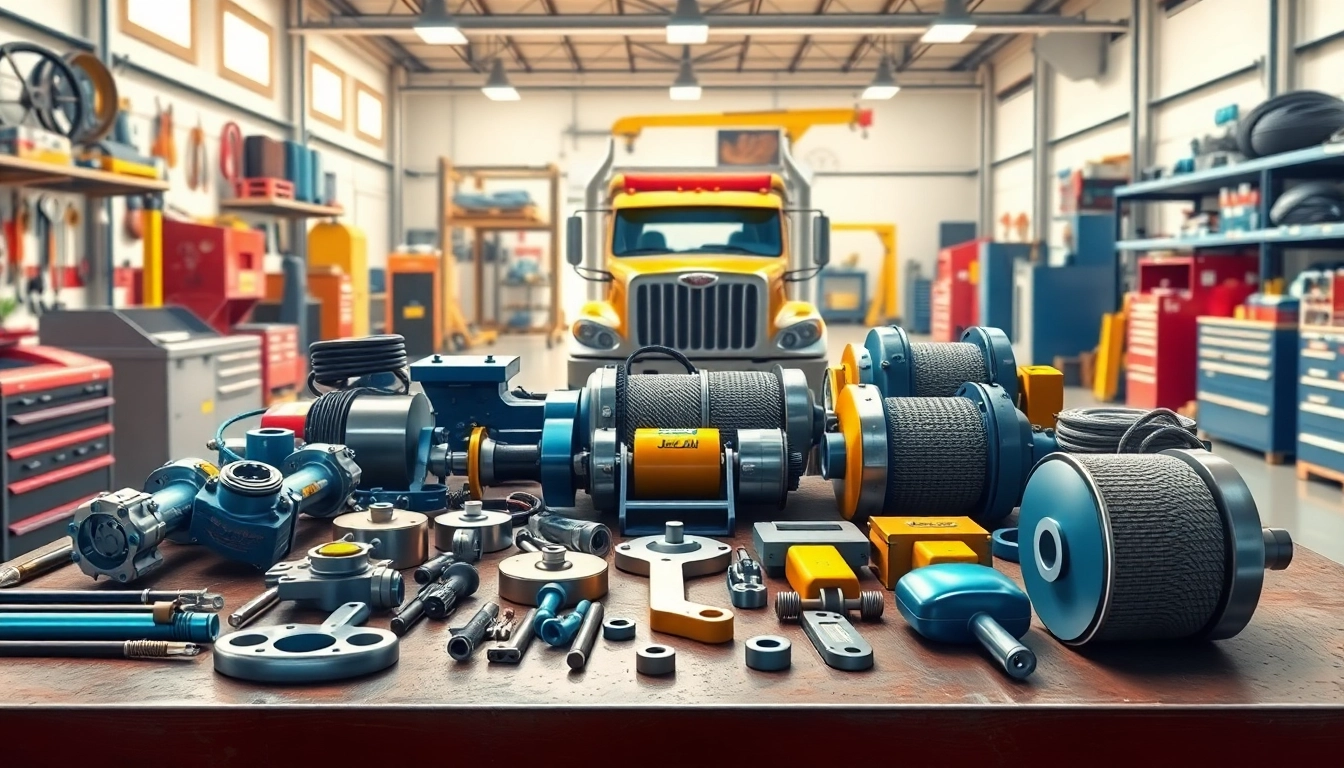
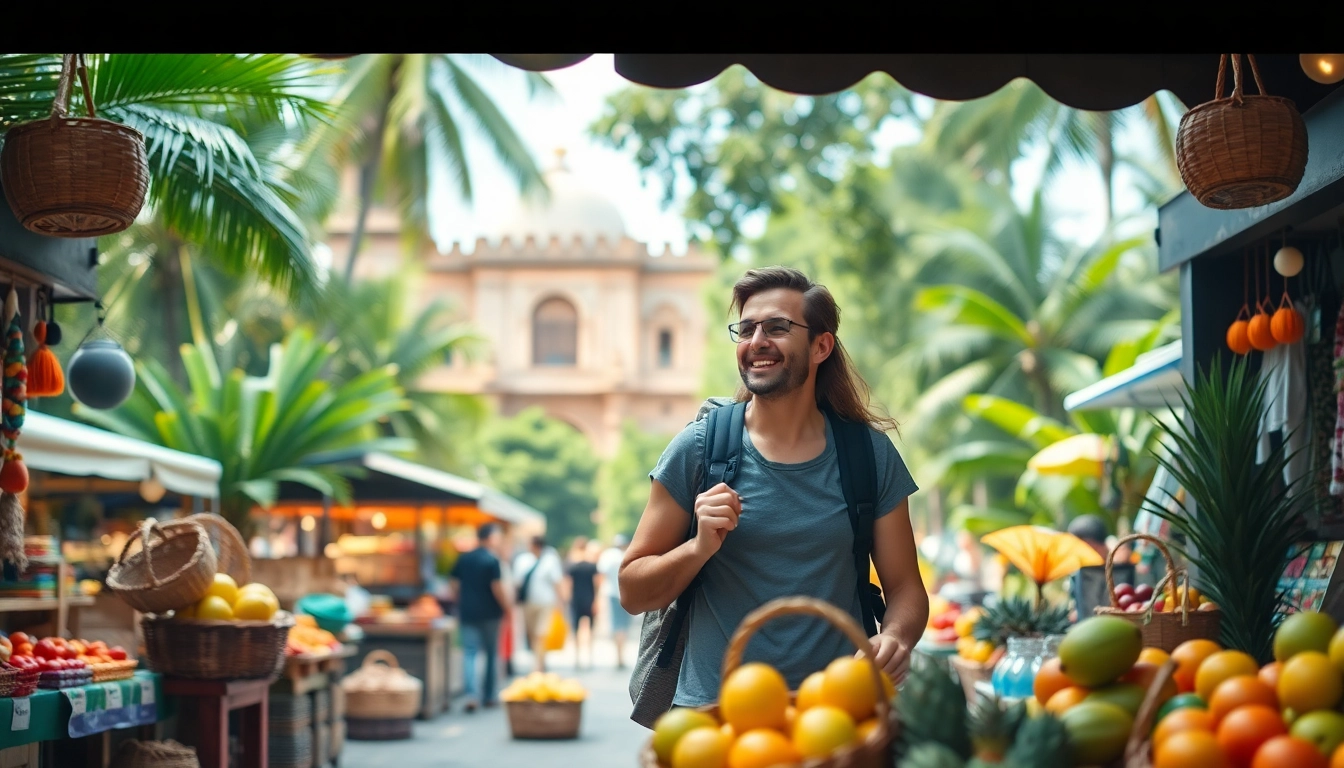
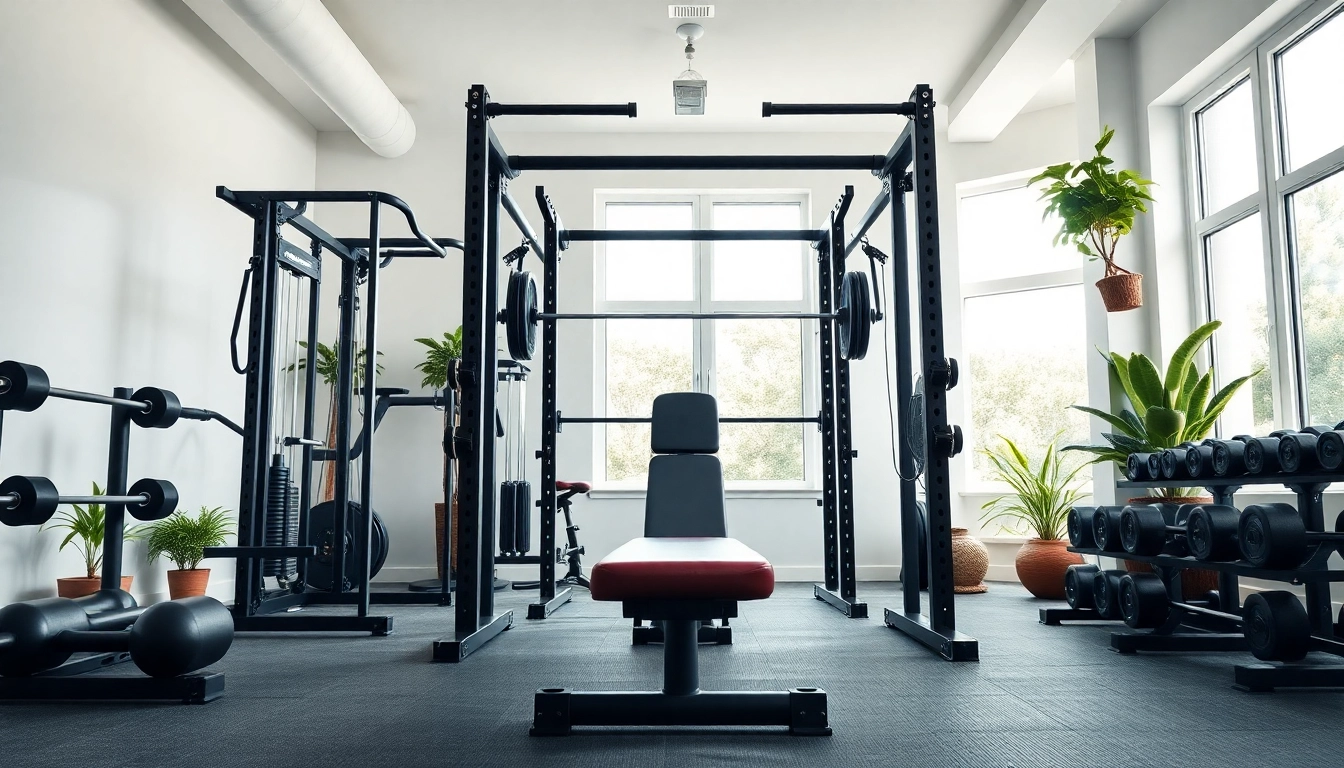

Leave a Reply